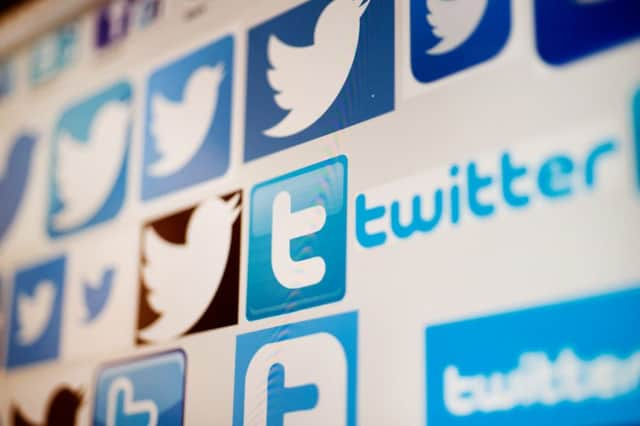What can we expect from Twitter in the next 10 years?


Looking past the party poppers and champagne as Twitter turned ten years’ old on Monday, there was a sense of muted celebrations. Twitter has been struggling of late: a decline in users numbers globally, less tweets and a share price that has dropped by 69 per cent in the last 12 months.
The naysayers have already begun to dig Twitter’s social media grave, but is it really all doom and gloom? Yes, there tweet numbers are down, but Twitter posted a 48 per cent YoY growth in revenue in Q4 2015. In fact, eMarketer predicts that Twitter’s ad revenue market share is set to increase by 0.3 per cent to 4.6 per cent overall in 2016.
Advertisement
Hide AdAdvertisement
Hide AdWill Twitter be around in 10 years? I think so. Twitter’s big strength is that it connects people with what they are interested in, and whenever there is big event or news story, it breaks on Twitter. That is a big strength, but Twitter needs to adapt, create better revenue models, and become cool again if it wants to survive.


The problems are far from over for Twitter. Where the micro-blogging platform has struggled, other social networks have flourished.
Facebook currently holds a 31 per cent ad revenue share, accumulated largely through the creation of a user-friendly, targeted, effective ad platform for mobile users. This is where Twitter has been slow off the mark, and as such, has failed miserably.
Snapchat has also been mopping up new users on a global scale. Last year, Evan Spiegel, the company’s co-founder and CEO, said the platform had 100 million daily users. Twitter has 305 million monthly active users, with the former growing rapidly, and the latter shedding users.


Snapchat’s staggering growth can be attributed to the explosion in mobile video creation, especially amongst younger audiences. Between June and November 2015, it was reported that Snapchat’s video traffic more than tripled to 6 billion views per day. By comparison, Facebook last reported 8 billion video views per day, but the social media giant has over 1.5 billion active users - over ten times that of Snapchat.
Video and moving imagery will form the core of social media trends over the next decade. A recent study from Cisco predicted that by 2019, video content will account for an amazing 80 per cent of the world’s internet traffic, with Facebook, YouTube, Instagram, Vine, Periscope and Snapchat all fighting tooth and nail for users.
Whilst the main social platforms are riding the video wave, it’s also important to look at the role technology will play in shaping the future of social media. If you look back ten years, smartphones, Twitter and the other social platforms have completely revolutionised how the world communicates and shares information.
Looking forward, drones, smartwatches, the internet of things, virtual reality (VR) headsets and new interactive apps and platforms have already begun to form the next era of social content and communication. The VR industry is expected to break the $1 billion barrier for the first time this year. Facebook have started taking pre-orders for Oculus Rift, HTC’s Vive product is due for release in April, and Google are making moves to push their Cardboard product. How will this tie in with social? As yet that part is unclear, but it could bring a whole new definition to the term ‘social media.’
Advertisement
Hide AdAdvertisement
Hide AdSocial networks in ten years time will need to connect and interact with a multitude of devices, with users at the heart. Users will have more control and the power over what content they share, in what format, and from which device. Expect immersive, interactive, personalised content, not in the way that apps such as MSQRD and Face Swap Live serve the user today, but in a way that provides longevity. Facebook recently launched Canvas, a platform specifically designed for interactive, multimedia storytelling. This is merely an early prototype of what we can expect to see in ten years’ time.
Let’s not forget privacy either. Over the last few years there has been an increase in ‘dark social’, the phrase given to sharing activity through users copying and pasting URLs on private chat clients, such as WhatsApp and Facebook Messenger, but which most analytics tools cannot accurately track. Due to privacy concerns and group chats, more and more content is being shared privately - a trend which will continue for the foreseeable future.
As Twitter’s birthday celebrations fade away, it’s time for them to roll their sleeves up, swoon new audiences, be at the forefront of developing technology, sort their advertising model and win over their shareholders. No easy tasks, but the digital landscape is moving at an incredible pace, and with Facebook and Snapchat leading the charge, Twitter are in danger of being left behind.
Simon Heyes is Director Of Social at 8 Million Stories (8MS), a digital and content marketing agency based in Edinburgh and London. Its client roster includes the BBC, Standard Life, Burt’s Bees and Farfetch.